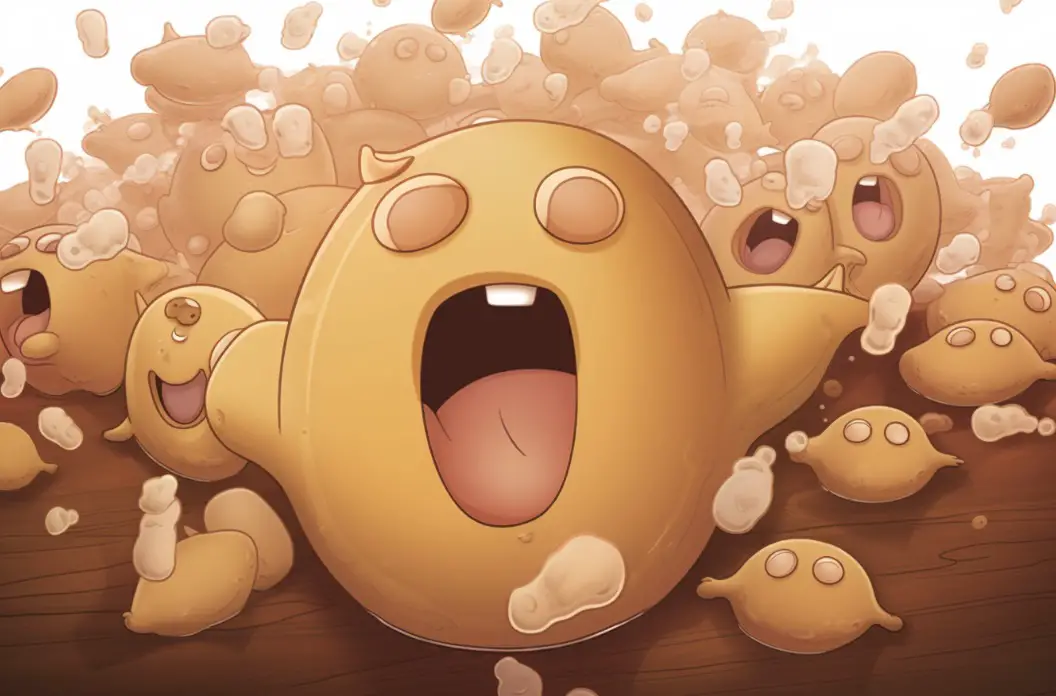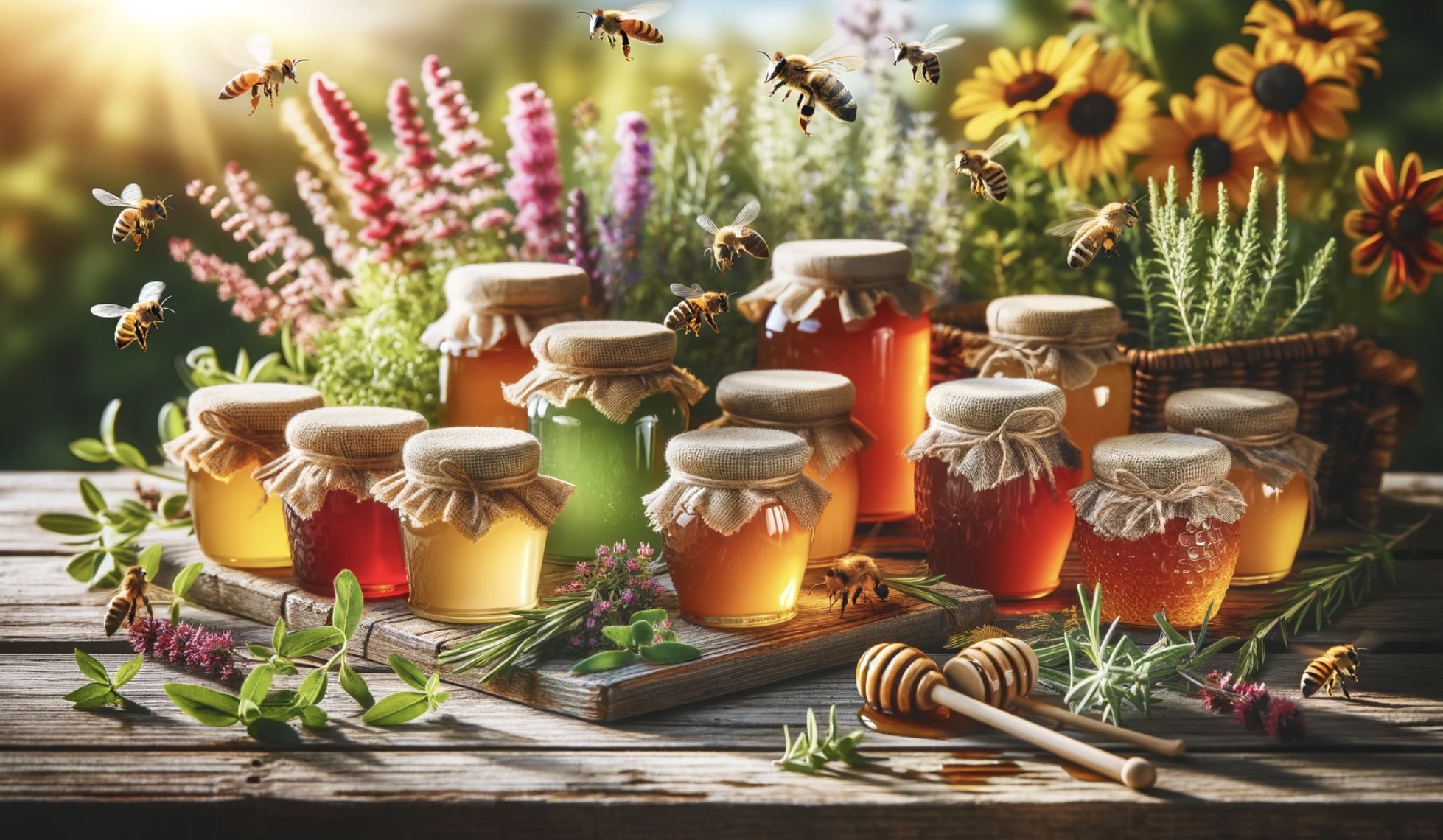In my many years as a professional brewer, I’ve often been asked one fundamental question: What’s the difference between using wild yeast and cultured yeast in cider-making?
Wild yeast, naturally present on fruit skins and in the environment, can offer unique and regional flavor profiles, potentially giving a cider a true sense of terroir.
However, its unpredictability can lead to inconsistent results and potential off-flavors.
Commercial yeast, on the other hand, provides consistency and predictability in fermentation, often ensuring a clean and specific flavor profile. Yet, it may lack the complexity and distinctiveness that wild yeasts can impart.
The answer, while seemingly straightforward, opens the door to a deep dive into the world of fermentation, flavor profiles, consistency, and the art and science of crafting the perfect cider.
The Basics of Yeast and Fermentation
Yeast, those magical little microorganisms, are the backbone of any alcoholic beverage production. They consume sugars and produce alcohol.
But not all yeast is created equal. There are two primary categories we often discuss in the brewing world: wild yeast and cultured yeast.
Wild yeast, as the name suggests, comes from the environment. It’s naturally present on the skins of apples, in the orchard air, and even in the very equipment we use. Cultured yeast, on the other hand, is specifically selected and cultivated by humans for fermentation.
Wild Yeast: The Unpredictable Artist
When you’re using wild yeast, it’s like taking a walk on the wild side. There’s an element of unpredictability. I remember my first batch of wild-fermented cider. It was a fascinating experiment. I just crushed the apples and let nature do its work.

The resulting cider was unique, with a complexity of flavors and aromas that were hard to pin down. But that’s the allure of wild fermentation. You’re letting a diverse group of yeast and bacteria work together, leading to a depth of character in the cider that can be truly captivating.
However, with this unpredictability comes risk. Wild yeast fermentation can sometimes produce off-flavors or lead to spoilage. It’s a bit like playing the lottery. When you hit the jackpot, the rewards are immense. But there’s always that element of uncertainty.
Cultured Yeast: The Reliable Scientist
Enter cultured yeast. These are strains that have been identified, isolated, and propagated in a lab. They offer a level of consistency that wild yeast can’t. When I use a specific cultured yeast strain, I have a pretty clear idea of the flavor profile I’ll achieve.

Over the years, I’ve developed a fondness for certain strains that deliver the exact apple-forward, crisp, and clean profile I aim for in many of my ciders.
With cultured yeast, I can replicate a particular cider’s taste year after year, ensuring that fans of that cider get what they’re expecting every time they pop open a bottle.
That’s not to say cultured yeast is without its challenges. Finding the right strain for your desired flavor profile, ensuring its viability, and managing fermentation conditions all require expertise. But the predictability is a boon for commercial cider production.
Flavor Profiles: A Personal Journey
Flavor is subjective. While one person might love the earthy, funky notes of a wild-fermented cider, another might prefer the clear, crisp notes from a cultured yeast fermentation. It’s a spectrum, and there’s room for every taste.
In my personal tasting journey, I’ve discovered that both wild and cultured fermentations have their place.
Some of my most memorable ciders have been wild-fermented, offering notes and nuances that are hard to replicate.
At the same time, my go-to ciders for a sunny afternoon BBQ often come from my batches using tried-and-true cultured yeast strains.
Conclusion: A Balance of Art and Science
Choosing between wild fermentation and cultured yeast is a delicate dance of art and science. Wild yeast brings unpredictability, complexity, and depth. Cultured yeast offers consistency, predictability, and clarity. Both have their merits and challenges.
Here are 10 key takeaways from our deep dive:
- Yeast is the backbone of alcoholic beverage production.
- Wild yeast comes naturally from the environment.
- Cultured yeast is selected and cultivated for specific fermentation characteristics.
- Wild fermentation can offer a unique complexity of flavors.
- There’s an inherent risk of unpredictability with wild yeast.
- Cultured yeast provides consistency in cider production.
- Flavor profiles vary greatly between wild and cultured fermentations.
- Personal preference plays a significant role in the wild vs. cultured debate.
- Both methods have their place in the craft of cider-making.
- The choice often boils down to the balance of art and science.
In my own experience, the journey through wild and cultured fermentation has been one of discovery, challenges, and immense satisfaction. Every batch of cider tells a story, and whether it’s a tale of wild unpredictability or cultured precision, it’s a story I’m proud to share.
FAQs: Digging Deeper into Cider Fermentation
1. How do I introduce wild yeast to my cider if I’m trying it for the first time?
You might be surprised to know that introducing wild yeast is quite simple. Often, it’s just about letting nature take its course. When you crush fresh apples, the skins already have wild yeast on them. By not adding any cultured yeast and ensuring a clean environment, you can let the naturally occurring yeast start the fermentation process. However, it’s essential to monitor the fermentation closely to ensure no spoilage occurs.
2. Are there any health risks associated with wild yeast fermentation?
Generally, wild yeast fermentation is safe, especially when it comes to cider production. The alcohol and acidic environment of cider make it inhospitable for harmful pathogens. However, as with any fermentation, there’s always a slight risk of unwanted microbes. It’s crucial to maintain good sanitary practices and regularly check your cider for any off-smells or unusual appearances.
3. Can I combine both wild yeast and cultured yeast in the same batch?
Yes, you certainly can! Combining both is known as a co-fermentation. Brewers often do this to achieve the best of both worlds: the unique flavors from the wild yeast and the consistency and reliability from the cultured yeast. Starting with wild yeast and then introducing a cultured strain later on can also help ensure complete fermentation.
4. How long does fermentation usually take?
The fermentation duration can vary depending on various factors, such as the yeast type, temperature, sugar content, and desired cider profile. Generally, primary fermentation, where most of the sugar is consumed, takes anywhere from a few days to a couple of weeks. However, the cider can then be aged for months to even years to develop its flavors, especially in the case of wild fermentations.
5. What are the ideal storage conditions for fermenting cider?
For most ciders, a cool and consistent temperature is ideal. Temperatures between 55°F to 75°F (13°C to 24°C) are typical for fermentation. However, certain yeast strains might have specific temperature preferences. It’s also essential to store fermenting cider away from direct sunlight and in a location where it won’t be disturbed. Remember, consistent temperature is more crucial than the actual temperature itself.




